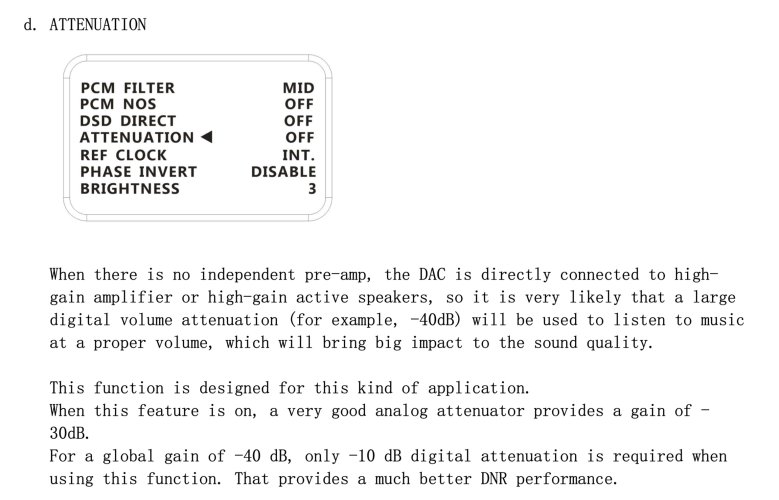Yes, it's curious indeed. I tried with two HDMI cables.On the topic of the DI20... interesting to hear your R26 is 'stuck' on PCM. It's xactly what I would have expected given the DI20 sending no signal on I2S pin 15. But it's the opposite of what @comzee found with his DI20 and what @JackJohnson316 found when modding an I2S cable and tested with pin 15 disconnected - for both their R26's were stuck on DSD. Go figure
The first one is this cable by Gustard that I was using with Pegasus:
https://www.audiophonics.fr/fr/cabl...-20-i2s-cuivre-ofc-plaque-or-15m-p-15667.html
The second one is a customized HDMI cable that I ordered from Queenway on AliExpress. They told me that they can make a cable for the DI-20 and the R26 that will play both PCM and DSD. But their cable plays only PCM as well. And by the way, though it is 99% silver, their cable does not sound as good as the cheaper cable by Gustard.
https://www.aliexpress.us/item/4000255873784.html?gatewayAdapt=glo2usa&_randl_shipto=FR
With both cables, Roon does not see the DAC as DSD capable. If I play a DSD track, Roon automatically converts it to PCM.
Audirvana Origin and JRiver do understand that it is a DSD capable DAC, but when I play with them DSD tracks, I get a noise. It's clear that the R26 "thinks" that it receives a PCM sound.
Last edited:
























